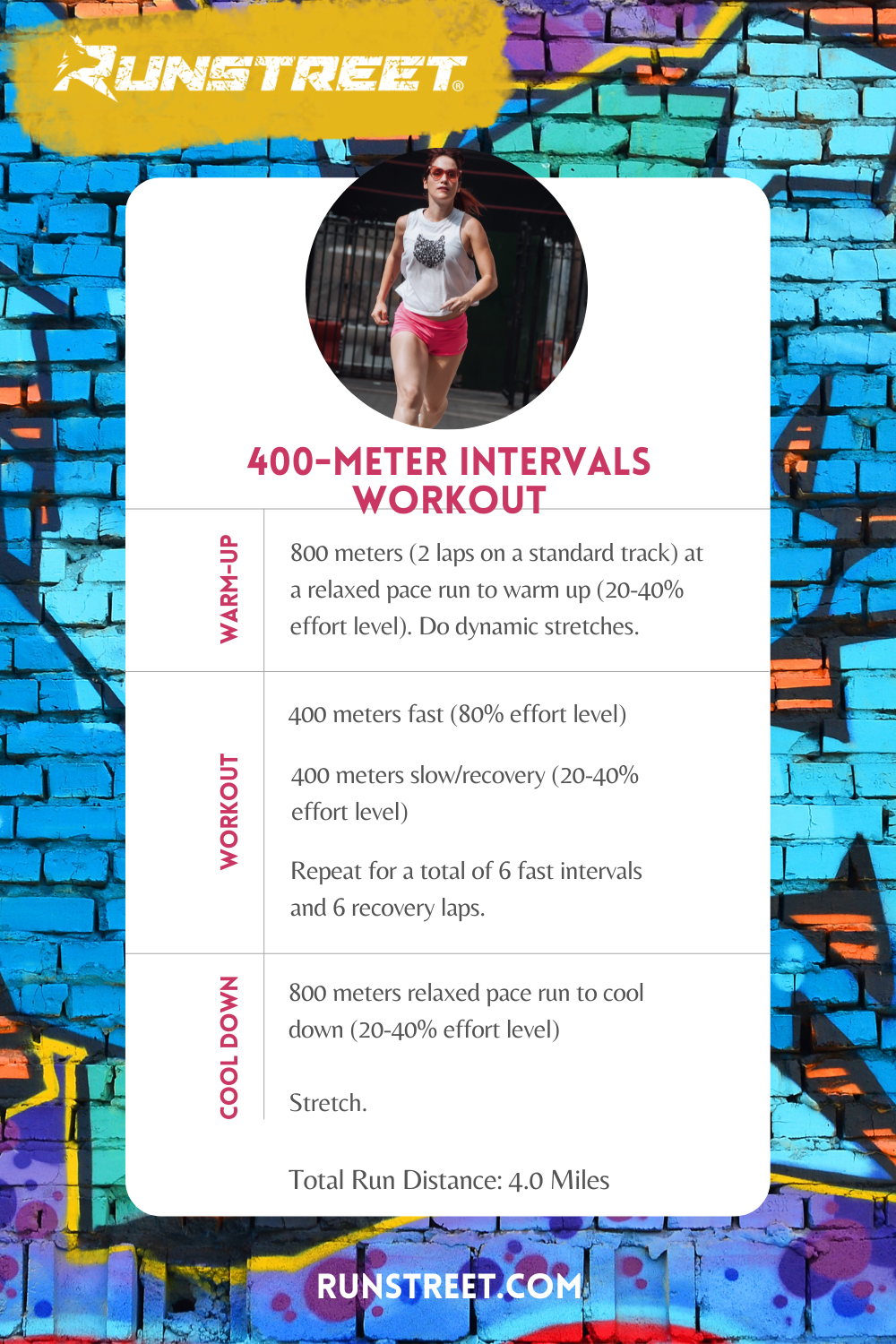Running Workout Techniques: Strategies to Boost Stamina and Speed
Running Workout Techniques: Strategies to Boost Stamina and Speed
Blog Article
Exactly How to avoid and Handle Pain in Running: Professional Tips and Recommendations
As runners, we commonly find ourselves captured in between the enjoyment of pushing our physical borders and the pain that can accompany it. The pursuit of that runner's high can sometimes be hindered by the unwelcome companion of discomfort. Whether you are an experienced marathoner or a novice striking the sidewalk for the initial time, the irritating visibility of discomfort and discomfort is a common measure. There exist tried and tested strategies and professional recommendations that can help mitigate and manage these pains, permitting you to concentrate on the pleasure of running itself.
Relevance of Proper Shoes
Proper shoes plays an important duty in avoiding and taking care of discomfort for runners, as it significantly affects their convenience, efficiency, and overall foot wellness. When it pertains to running, wearing the right shoes can make all the distinction. Uncomfortable or improper footwear can bring about a host of issues such as blisters, shin splints, plantar fasciitis, and also extra severe injuries like tension cracks.
Choosing the proper operating shoes involves thinking about factors such as foot type, gait auto mechanics, running terrain, and individual preferences. Joggers with high arches may need even more padding and support, while those with flat feet might gain from stability shoes. In addition, comprehending pronation (the inward rolling of the foot) and supination (the outward rolling of the foot) can assist in choose shoes that provide the ideal degree of arch assistance.
Purchasing quality running shoes that are appropriate for your individual needs can help avoid discomfort and discomfort while improving your running experience. Prioritizing appropriate footwear is not just regarding efficiency however likewise regarding protecting your foot health in the future.

Effective Workout Strategies
A vibrant warm-up regimen before a run assists enhance blood circulation to the muscle mass, improves adaptability, and enhances the variety of movement of the joints. Dynamic extends like leg swings, high knees, and hip circles are helpful in preparing the body for the physical demands of running.
In enhancement to dynamic stretches, including some light cardio workouts such as running or missing rope can even more elevate the heart rate and heat up the body. This combination of vibrant stretching and light cardio assists loosen up tight muscle mass, lubricate the joints, and psychologically prepares the jogger for the upcoming workout (running strategy). By making warm-ups a regular part of your running regimen, you can considerably lower the risk of injuries and do at your best during each run
Secret Extending Exercises
When planning for a run, incorporating crucial extending workouts is necessary to enhance muscle versatility and prevent injuries - Read More. Dynamic extends such as leg swings, high knees, and hip circles are advantageous for heating up the muscle mass and boosting array of motion before a run. These activities help enhance blood circulation, loosen tight muscular tissues, and prepare the body for the activity in advance
Fixed stretches like calf stretches, hamstring stretches, and quadriceps stretches must comply with a go to aid in muscular tissue recovery and avoid rigidity. Holding each go for 15-30 seconds permits the muscular tissues to unwind and extend, decreasing the danger of post-run discomfort and potential injuries.
Additionally, integrating yoga exercise poses like downward canine, pigeon present, and spine twists can target several muscle groups concurrently, promoting general adaptability and strength. Consistent stretching routines not only enhance efficiency yet additionally aid in maintaining great running kind and avoiding overuse injuries. Bear in mind, correct extending techniques are crucial for a safe and pleasurable running experience.
Healing and Rest Techniques
After completing a run, carrying great post to read out reliable healing and remainder methods is necessary for making the most of performance and reducing the risk of injuries. One essential aspect of recovery is permitting the body time to relax and fix itself. Ample rest is vital as it is throughout rest that muscular tissues recuperate and grow stronger. Additionally, including remainder days right into your training timetable is essential to avoid overuse injuries and fatigue.
Energetic recuperation methods such as gentle stretching, foam rolling, and yoga exercise can help enhance blood circulation, decrease muscular tissue pain, and enhance adaptability. It is also helpful to prioritize hydration and nutrition post-run to renew electrolytes, glycogen shops, and promote muscular tissue healing.
Cross-training tasks like swimming or biking can give a break from the repetitive effect of running while still maintaining cardio physical fitness - running workout. Paying attention to your body and acknowledging when it requires a break is vital to protecting against chronic injuries and making sure lasting running success. Bear in mind, remainder is not an indicator of weak point but a vital part of a well-rounded training regimen
Cross-Training Advantages

It enables you to function on different facets of fitness that might not be targeted solely via running, leading to a more balanced and well-rounded athlete. Furthermore, cross-training can aid improve running performance by resolving muscle discrepancies and weak points that might prevent efficiency.
Verdict
To conclude, correct footwear, warm-up methods, stretching exercises, healing approaches, and cross-training are necessary components in stopping and taking care of discomfort in running. By including these methods right into your regimen, you can minimize the danger of injury and pain while making the most of efficiency and satisfaction of the sport. Read More. Bear in mind to listen to your body, focus on rest and healing, and look for professional assistance when required to ensure a risk-free and effective running experience
Report this page